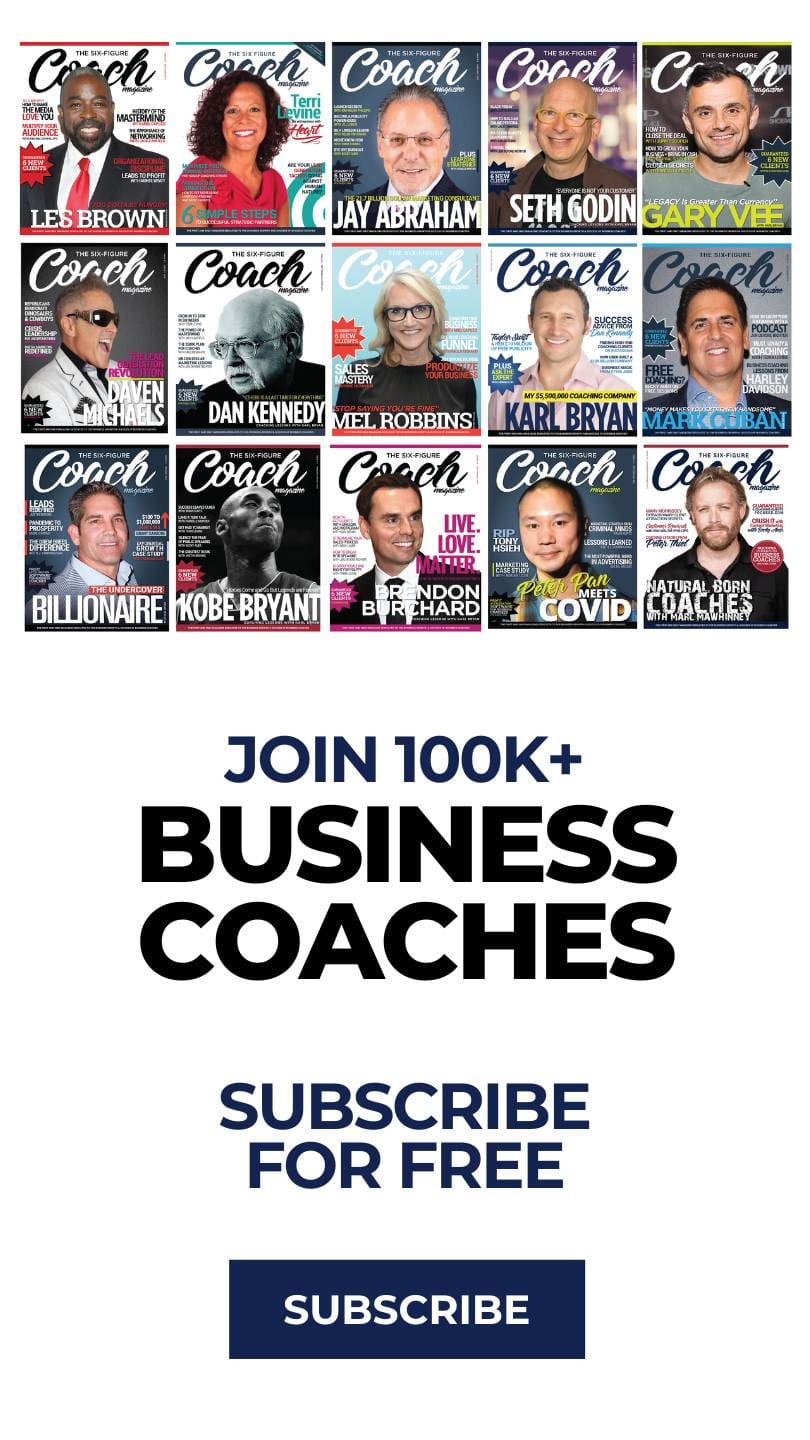Why Scaling Beats Selling More for Today’s Coaches
Here’s how to structure a scalable business model, served with real-world examples, action steps, and tools to help your coaching practice thrive.
1. The Problem With “Sell More”
One-on-one dependency
Your time is finite. If your business relies solely on private sessions, growth stalls fast—even if your rates go up.
Ad-driven volume
Traffic isn’t leverage. Without a repeatable framework to convert and retain clients, ads just drain your budget.
Example:
Coach A doubled her hourly rate from $200 to $400—but couldn’t handle more bookings. Coach B spent $5k on ads, got clicks, but no conversions. They both needed systems, not sales pressure.
2. Scale Over Sell: The Smart Approach
Karl echoes past wisdom: “Focus on leverage, not hustle.” You scale when you create frameworks, systems, and processes that multiply your reach without doubling your work.
What Scaling Looks Like:
-
Cohort-based group programs with fixed start/end dates
-
Self-study modules supported by live group coaching
-
Memberships or community-driven model
These setups allow you to work once—and maximize impact across multiple clients.
3. Action Steps to Build Scalable Coaching
-
Define a Core Framework
What steps do you guide every client through? Package that as a repeatable system. -
Create Group Delivery Format
Convert modules into live group sessions or bundled video lessons. -
Add Support Mechanisms
Use peer groups, office hours, or hot seats instead of constant one-on-one access. -
Track Progress & Retention
Use metrics, dashboards, or shared wins to keep clients engaged and renewing.
Coach Tip: Launch with a small beta group, refine based on feedback, and let your system evolve.
4. Tools That Fuel Scale
You don’t have to build a supporting infrastructure from scratch:
Profit Acceleration Software™ + Group Coaching Software™
-
Streamline member onboarding and session prep
-
Track individual and group progress side-by-side
-
Automate reminders and access without manual follow-up
When your processes are supported by tools, scaling becomes smooth—not chaotic.
5. Real ROI on Scale
It’s not just about profit. With a scalable structure you get:
-
Better client retention
-
Less burnout from repetitive delivery
-
Predictable revenue and capacity
Coach Example: A cohort of 15 clients pays the same as 5 one-on-ones—while your time stays the same.
Final Thoughts
Growth happens when you scale your model, not your hours. Episode 302 drives this message home: stop trading your time for money and build a structure that multiplies impact.
Take Action Now
Ready to design a coaching offer that multiplies results—not hours?
Subscribe to Business Coaching Secrets for weekly insights coaches use to build scalable, profitable practices.
Get your free issue of Six-Figure Coach Magazine—packed with tools, templates, and systems that support scalable coaching: thesixfigurecoach.com/get-it
Stop selling your time. Start scaling your legacy.
You may also like
Why Business Coaches Should Clone Proven Models Instead of Reinventing the Wheel
Discover why cloning proven business coaching models beats trial-and-error. Learn how to model success, reduce risk, and accelerate client results.
Why Business Coaches Must Master Exponential Growth Thinking
Learn how business coaches can use exponential growth strategies to help clients double profits through small, compounding improvements.
Why Business Coaches Must Sell Results, Not Themselves
Stop selling yourself and start selling results. Discover how business coaches can attract more clients by proving outcomes, not credentials.








